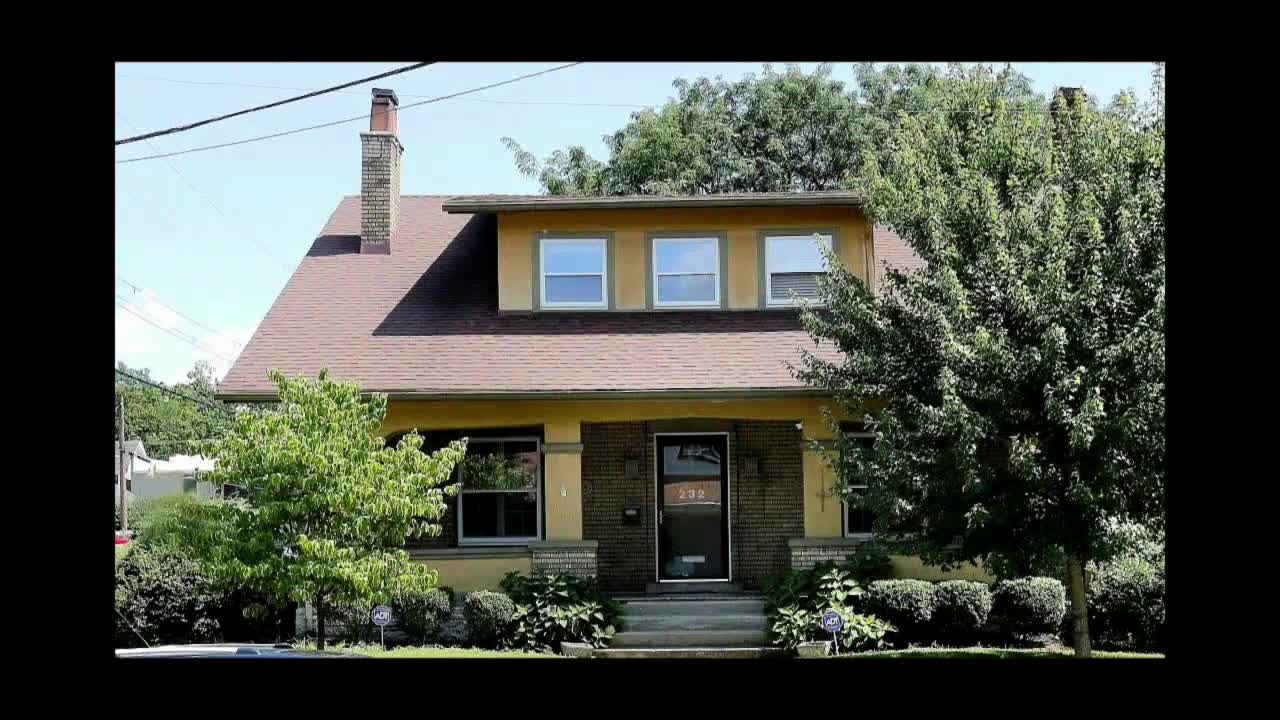Historic District Board reviews proposed bungalow additions on East Bell Court
April 16, 2025 | Lexington City, Fayette County, Kentucky
This article was created by AI summarizing key points discussed. AI makes mistakes, so for full details and context, please refer to the video of the full meeting. Please report any errors so we can fix them. Report an error »

On April 16, 2025, the Lexington Board of Architectural Review convened to discuss a significant proposal concerning a residential property located at the intersection of Bell Court and Walton Avenue. The meeting focused on plans to expand a one-and-a-half-story bungalow by adding a second floor to an existing one-story addition and potentially reconstructing the garage as a two-story structure. This proposal aims to accommodate a growing family while maintaining the character of the historic neighborhood.
The property in question features a modern garage built in the 1970s or 1980s and has undergone various alterations over the years. The proposed changes include constructing a second floor above the existing addition and a new connector between the house and the garage, which would also feature a tower. The design aims to enhance the living space for a family of four, who wish to remain in their beloved neighborhood while adapting their home for multi-generational living.
However, the proposal has raised concerns among board members regarding its compliance with the city's design guidelines. Staff recommendations indicated that adding a second story is generally discouraged, as it could disrupt the architectural integrity of the existing structure and the surrounding historic district. The guidelines emphasize that additions should not significantly alter the original building's character or remove historic materials.
The board discussed the implications of the proposed garage demolition, noting that while the existing garage is deemed a non-significant accessory structure, its removal should still be carefully considered. The proposed new garage must align with the design principles of the historic district, ensuring compatibility in materials and architectural details.
During the meeting, the applicant, represented by Darren Taylor, acknowledged the feedback from a previous conceptual review and outlined modifications made to the design based on board suggestions. These changes included adjustments to rooflines and window configurations to better harmonize with the existing bungalow's aesthetics.
Despite these efforts, the board expressed reservations about the overall proposal, particularly regarding the connector between the house and garage, which they felt did not align with the established development patterns in the historic district. The board ultimately recommended disapproval of the proposal, citing concerns over density, massing, and adherence to design guidelines.
As the meeting concluded, the board emphasized the importance of preserving the neighborhood's historic character while accommodating the needs of its residents. The applicant's next steps will likely involve further revisions to the proposal to address the board's concerns and ensure compliance with the city's architectural standards. The ongoing dialogue reflects the community's commitment to balancing growth and preservation in Lexington's historic districts.
The property in question features a modern garage built in the 1970s or 1980s and has undergone various alterations over the years. The proposed changes include constructing a second floor above the existing addition and a new connector between the house and the garage, which would also feature a tower. The design aims to enhance the living space for a family of four, who wish to remain in their beloved neighborhood while adapting their home for multi-generational living.
However, the proposal has raised concerns among board members regarding its compliance with the city's design guidelines. Staff recommendations indicated that adding a second story is generally discouraged, as it could disrupt the architectural integrity of the existing structure and the surrounding historic district. The guidelines emphasize that additions should not significantly alter the original building's character or remove historic materials.
The board discussed the implications of the proposed garage demolition, noting that while the existing garage is deemed a non-significant accessory structure, its removal should still be carefully considered. The proposed new garage must align with the design principles of the historic district, ensuring compatibility in materials and architectural details.
During the meeting, the applicant, represented by Darren Taylor, acknowledged the feedback from a previous conceptual review and outlined modifications made to the design based on board suggestions. These changes included adjustments to rooflines and window configurations to better harmonize with the existing bungalow's aesthetics.
Despite these efforts, the board expressed reservations about the overall proposal, particularly regarding the connector between the house and garage, which they felt did not align with the established development patterns in the historic district. The board ultimately recommended disapproval of the proposal, citing concerns over density, massing, and adherence to design guidelines.
As the meeting concluded, the board emphasized the importance of preserving the neighborhood's historic character while accommodating the needs of its residents. The applicant's next steps will likely involve further revisions to the proposal to address the board's concerns and ensure compliance with the city's architectural standards. The ongoing dialogue reflects the community's commitment to balancing growth and preservation in Lexington's historic districts.
View full meeting
This article is based on a recent meeting—watch the full video and explore the complete transcript for deeper insights into the discussion.
View full meeting
